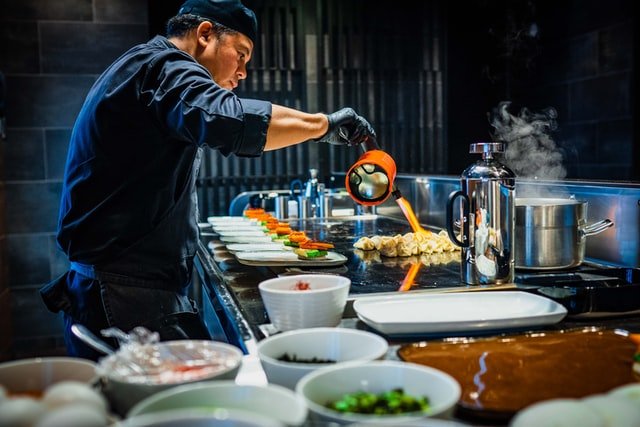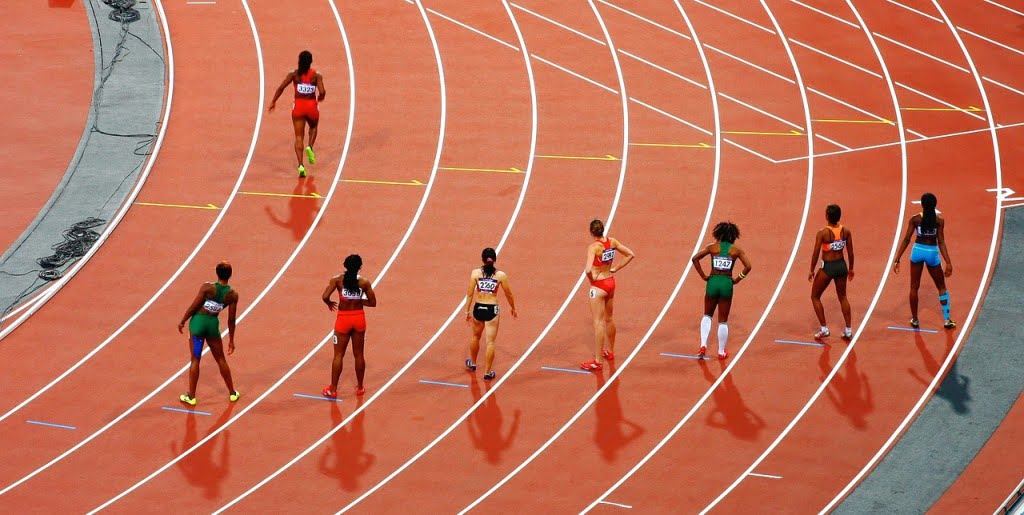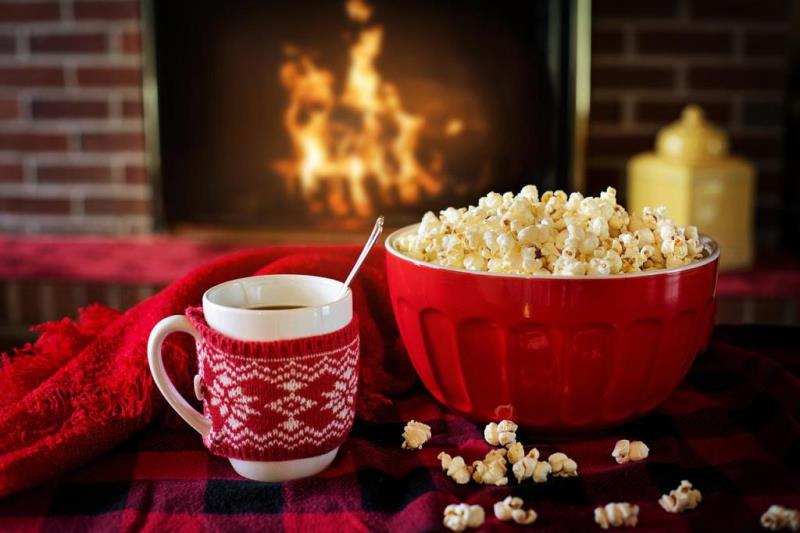CLASSES AND PROPERTIES OF FIBRES
Fibres are classified into two main classes. Namely; The natural fibres; which are gotten from either plant e.g cotton and linen; or from animals e.g wool and silk. The man-made fibres; which are gotten from cellulose based fibres e.g viscose rayon and acetate or from non-cellulose based e.g nylon, polyester and acrylics. PROPERTIES OF FIBRES […]
CLASSES AND PROPERTIES OF FIBRES Read More »


